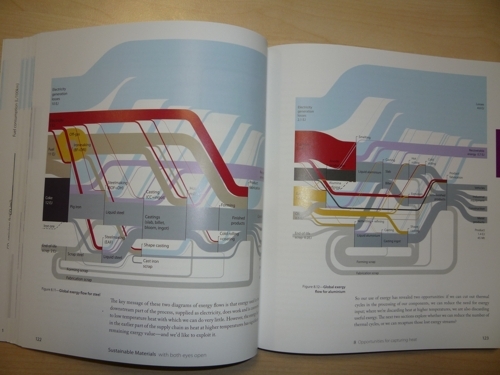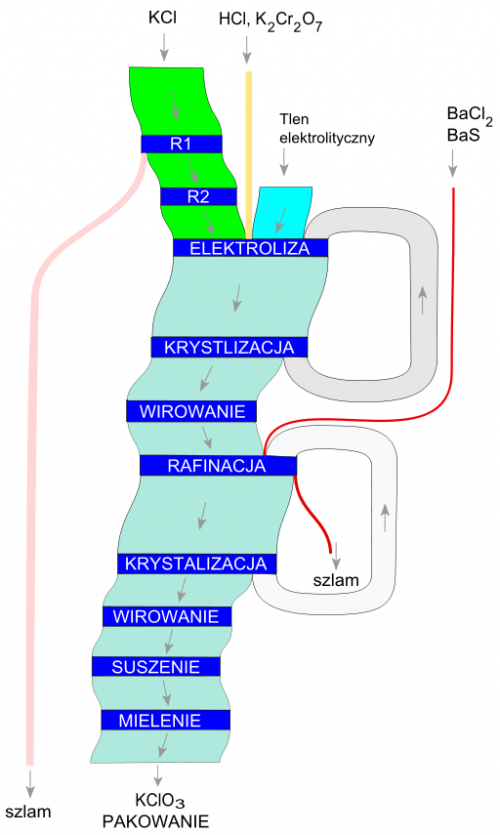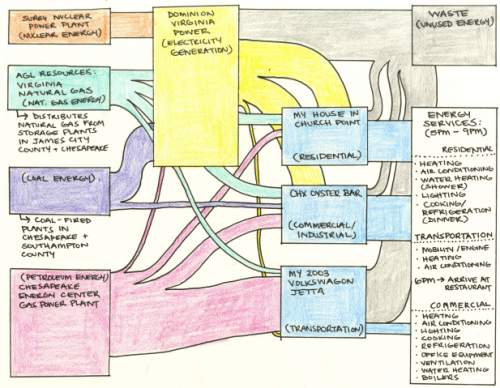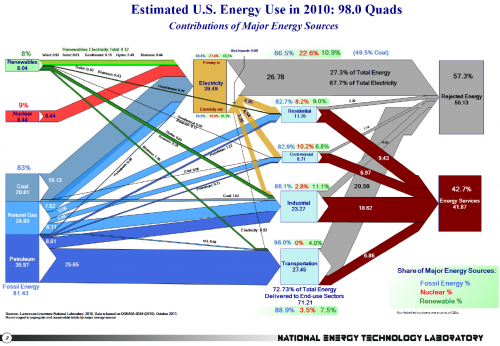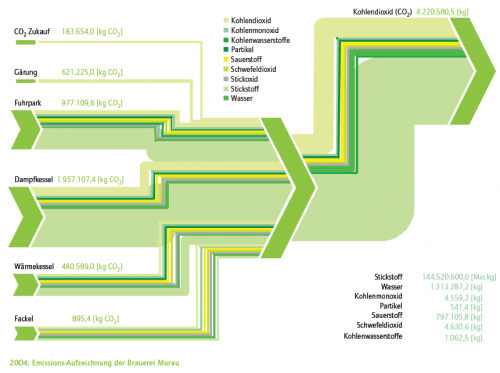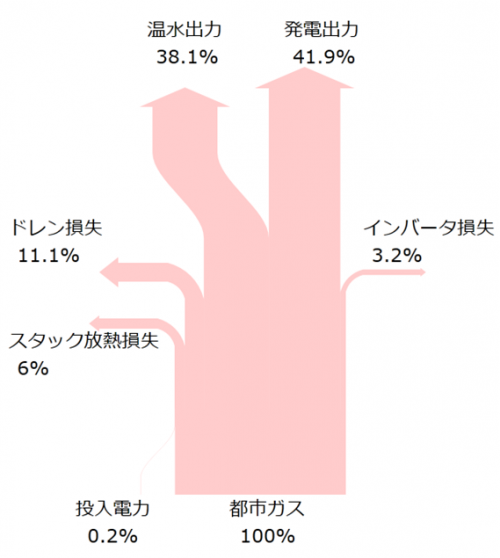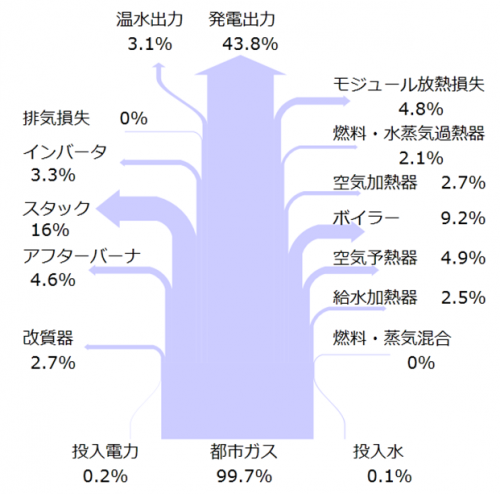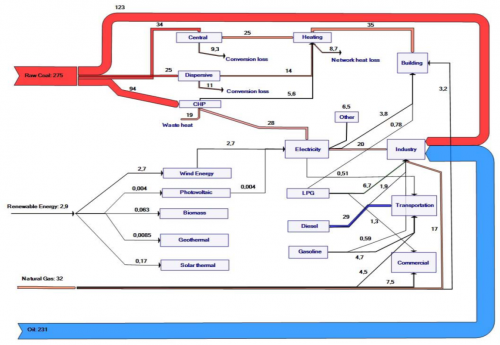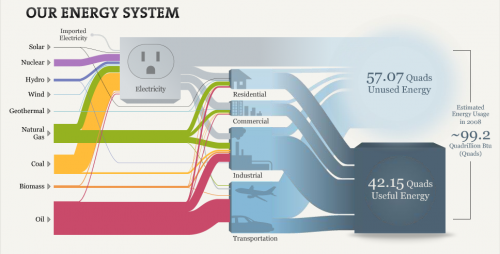Following up to my Aug 25, 2011 post on Global Steel and Aluminium Flows, I would like to recommend the follwing book that has just been released: Sustainable Materials – with Both Eyes Open: Future Buildings, Vehicles, Products and Equipment – Made Efficiently and Made with Less New Material by Julian M. Allwood and Jonathan M. Cullen.
I’m hardly a hundred pages into reading, but I already love it. The book is very graphical (to say the least), well illustrated, with many graphs and photos, infographics and even historic images. Plus – and this is why it deserves to be presented here on the blog – it features a great number of Sankey diagrams.
I really enjoy the lego bricks in the steel making flow chart (pp. 121-127). You’re also going to love the ‘WhatsApp’-style chat between Henry Ford and the Wright Brothers (p. 181).
This book “faces up to the impacts of making materials in the 21st century. We’re already making materials well, but demand keeps growing and so we need to start using them well to.” (from the back cover)
Sustainable Materials with Open Eyes by Julian M. Allwood and Jonathan M. Cullen can obtained from Amazon and – I am pretty much sure – from your local book dealer. Here is the book’s website.
